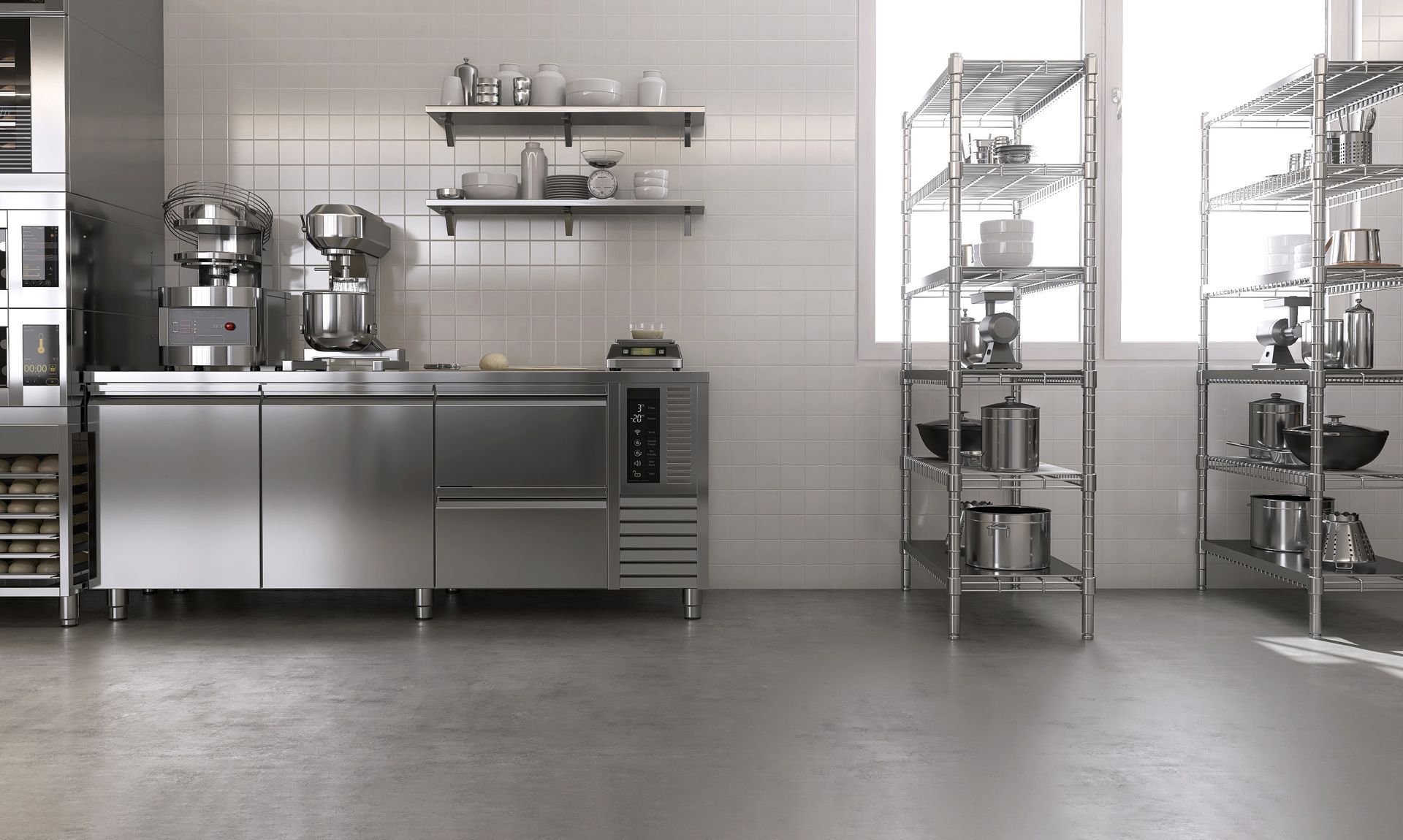The Grease Trap and Interceptor Struggles of All-Day Breakfast Diners

All-day breakfast diners have a well-earned reputation for comfort food, quick service, and loyal customers. But behind the scenes, these 24/7 operations face one of the toughest grease management challenges in the food service industry. The combination of fatty breakfast staples, constant griddle use and nonstop hours creates a perfect storm for fats, oils and grease (FOG) buildup.
Why Breakfast Menus Produce Dense, Fast-Building FOG
While any commercial kitchen generates some FOG, the type produced in breakfast-heavy diners is unusually dense and adhesive.
- Egg yolks contain emulsified fats and proteins that cling to surfaces and resist breaking down in water.
- Bacon and sausage produce pork fat that solidifies rapidly at room temperature, forming thick layers inside grease traps and interceptors.
- Hash browns, pancakes and biscuits contribute starches that mix with fats to create a paste-like coating that’s harder to remove than standard restaurant grease.
- Flat-top griddles make the problem worse. A large surface cooking multiple items at once produces a steady stream of runoff that blends meat drippings, cooking oils and tiny food particles. Every time the surface is scraped and wiped down, that concentrated residue heads to the trap.
- Because breakfast items often involve multiple fats (butter, oil, meat drippings) in a single dish, the waste stream is richer in solids and saturated fats than in many lunch or dinner menus.
The Compliance Challenge in Atlanta
In Atlanta, grease trap and interceptor maintenance is regulated by the Department of Watershed Management.
Food service businesses must adhere to strict requirements and are subject to scheduled and surprise inspections.
Under-sink grease traps must be cleaned by a permitted grease hauler at least every two weeks. Larger in-ground interceptors must be pumped every 90 days, or sooner if they reach 25% of their total liquid depth in combined FOG and solids.
For a high-volume breakfast diner, hitting that 25% capacity limit well before the 90-day mark is common. Some locations require monthly or even 45-day interceptor service to stay compliant. Missing a cleaning deadline or letting FOG exceed the 25% threshold can result in failed inspections, fines, or, in severe cases, temporary closure until the system is pumped and reinspected.
The 24/7 Scheduling Problem
Unlike many restaurants that close overnight or between meal periods, all-day diners have no built-in downtime.
That makes scheduling grease trap or interceptor cleaning more complex. During service, kitchen drains, dishwashers and prep sinks all flow into the trap or interceptor, so shutting one down for pumping directly affects operations.
Cleaning during open hours is possible, but it requires coordination. Many operators schedule service during the slowest periods, such as mid-afternoon or late night, and temporarily shift dishwashing or food prep away from affected sinks. Diners with multiple under-sink traps sometimes rotate service so one can be cleaned while the other remains in use. For large interceptors, arranging partial kitchen downtime or diverting water flow during pumping can keep the rest of the operation running.
Why Breakfast FOG Builds Faster Than Expected
Even with a regular schedule, many operators are caught off guard by how quickly traps fill. Breakfast FOG has a higher proportion of saturated fats, which cool and solidify faster in wastewater than unsaturated fats. This heavier composition means deposits settle quickly near the inlet side of a trap or interceptor, reducing effective capacity long before the entire system is full.
Add in proteins from eggs and dairy, which coagulate in changing pH conditions, and starches from baked goods and potatoes, which bind with fats, and you have a layered buildup that’s more stubborn and harder to pump out. If cleaning intervals aren’t adjusted to match this faster accumulation rate, operators risk reaching the 25% limit far ahead of schedule.
Strategies for Staying Ahead of Buildup
Working with a permitted and reputable grease hauler is key for Atlanta breakfast diners, but it’s far from the only important FOG management practice.
- Train dishwashers to scrape before rinsing. Scraping plates, pans and griddles into trash or compost bins before washing reduces the amount of fat and solids that reach the trap.
- Use sink strainers. Capturing food particles before they enter the drain helps prevent additional solids from binding with fats in the trap.
- Coordinate your cleaning schedule with your grease hauler. Let them know about peak times or seasonal variations that could increase FOG output so they can recommend adjusted cleaning intervals.
Grease Trap and Interceptor Cleaning for All-Day Breakfast Operators in Atlanta
Running a 24/7 diner in the Atlanta area means navigating a higher-than-average FOG burden under some of the most clearly defined municipal grease management rules in the country. The dense, fast-setting nature of breakfast grease, combined with constant production, pushes traps and interceptors toward capacity much faster than many operators expect.
Avoiding fines is obviously a major motivation for remaining compliant, but there are practical reasons to stay on top of grease trap cleaning. It’s one of the most dependable ways to avoid backups, maintain an inviting atmosphere for customers and protect your equipment from unnecessary strain.
Our grease trap cleaning professionals at Southern Green Industries can provide one-off grease trap cleaning or regularly scheduled maintenance based on your diner’s needs. Call us at (404) 419-6887 to schedule a free estimate.
Recent Blog Posts
Contact us Today for a FREE Quote
We are committed to making grease trap cleaning and fryer oil recycling as clean and easy as possible. If you’d like to learn more about our services or get a quote, give us a call at (404) 419-6887.



